Unlocking Precision: The Future of Sheet Metal CNC Technologies in Modern Manufacturing
In the ever-evolving landscape of modern manufacturing, the precision and efficiency provided by sheet metal CNC technologies are setting new benchmarks for production processes. According to Dr. Michael Henley, a leading expert in the sheet metal CNC industry, "The integration of advanced CNC technologies not only enhances precision but also significantly reduces production times, enabling manufacturers to stay competitive in a fast-paced market." As industries increasingly pivot towards automation and digitalization, the potential of sheet metal CNC becomes ever more evident.
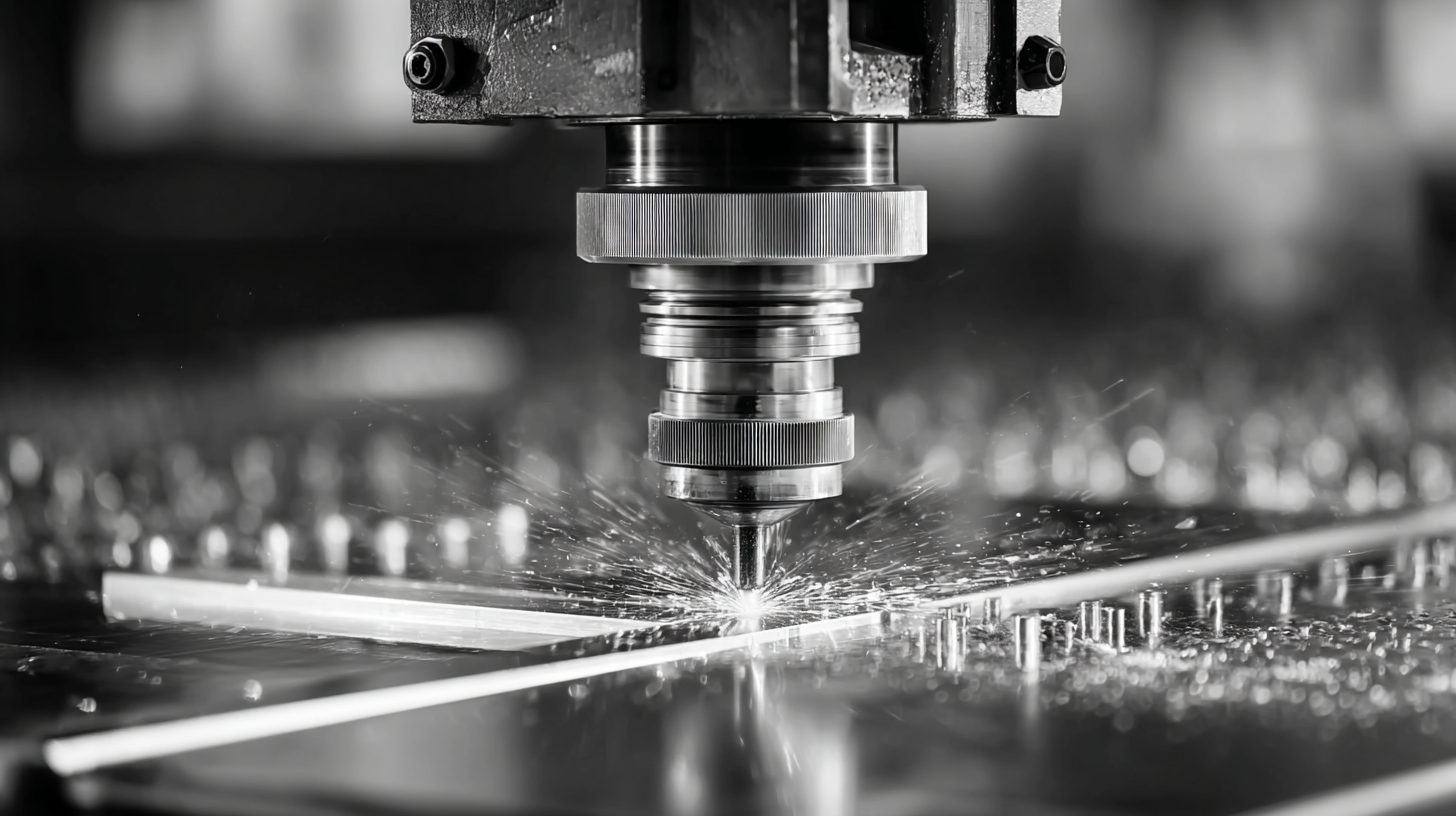
The future of sheet metal CNC lies in its ability to adapt and innovate, addressing the growing demands for customization and intricate designs. With the rise of Industry 4.0, manufacturers are harnessing data analytics and machine learning to optimize operations and improve product quality. This shift not only streamlines workflows but also leads to sustainability by minimizing waste in the production cycle. Therefore, understanding the latest advancements in sheet metal CNC technologies is crucial for organizations aiming to thrive in the contemporary manufacturing arena.
As we explore the top five innovations shaping the future of sheet metal CNC, it is essential to recognize the transformative impact these technologies offer. From high-speed machining to adaptive manufacturing solutions, the potential to redefine efficiency and precision in sheet metal fabrication is unprecedented.
The Evolution of CNC Technologies in Sheet Metal Fabrication
The evolution of CNC technologies in sheet metal fabrication has significantly transformed the manufacturing landscape. According to a report by the International Federation of Robotics, the use of industrial robots in fabrication processes has surged, with a 10% growth in adoption over the last year. These advancements have not only enhanced efficiency but also precision, allowing manufacturers to produce complex geometries and intricate designs that were previously difficult to achieve.
Additionally, the integration of advanced software solutions such as CAD/CAM systems has streamlined the design-to-production workflow. This shift is evident in a study conducted by the Fabricators & Manufacturers Association, which found that 70% of manufacturers have adopted some form of automated programming for CNC machinery, resulting in a reduction of lead times by up to 30%. As the CNC technology continues to evolve, it is expected to embrace smart manufacturing principles, including IoT connectivity and AI-driven analytics, further enhancing production capabilities in sheet metal fabrication.
Key Innovations Driving Precision in Modern CNC Machines
The future of sheet metal CNC technologies is poised for transformative advancements, driven by key innovations that enhance precision and efficiency in manufacturing. As the global CNC machine market is projected to skyrocket from $101.22 billion in 2025 to a staggering $195.59 billion by 2032, with a compound annual growth rate (CAGR) of 9.9%, it is clear that the demand for precision engineering is on the rise. This growth reflects a critical shift towards automated solutions that not only increase production speed but also uphold stringent quality standards.
Modern tube cutting technology is at the forefront of these advancements, enabling manufacturers to achieve unparalleled precision in their operations. Techniques such as laser and plasma cutting have revolutionized the way materials are processed, allowing for intricate designs and tight tolerances that were once challenging to achieve. This level of detail is essential in the competitive landscape of advanced manufacturing, where even minor inaccuracies can lead to significant financial repercussions. As these technologies continue to evolve, they promise to further streamline operations and bolster productivity across various sectors.
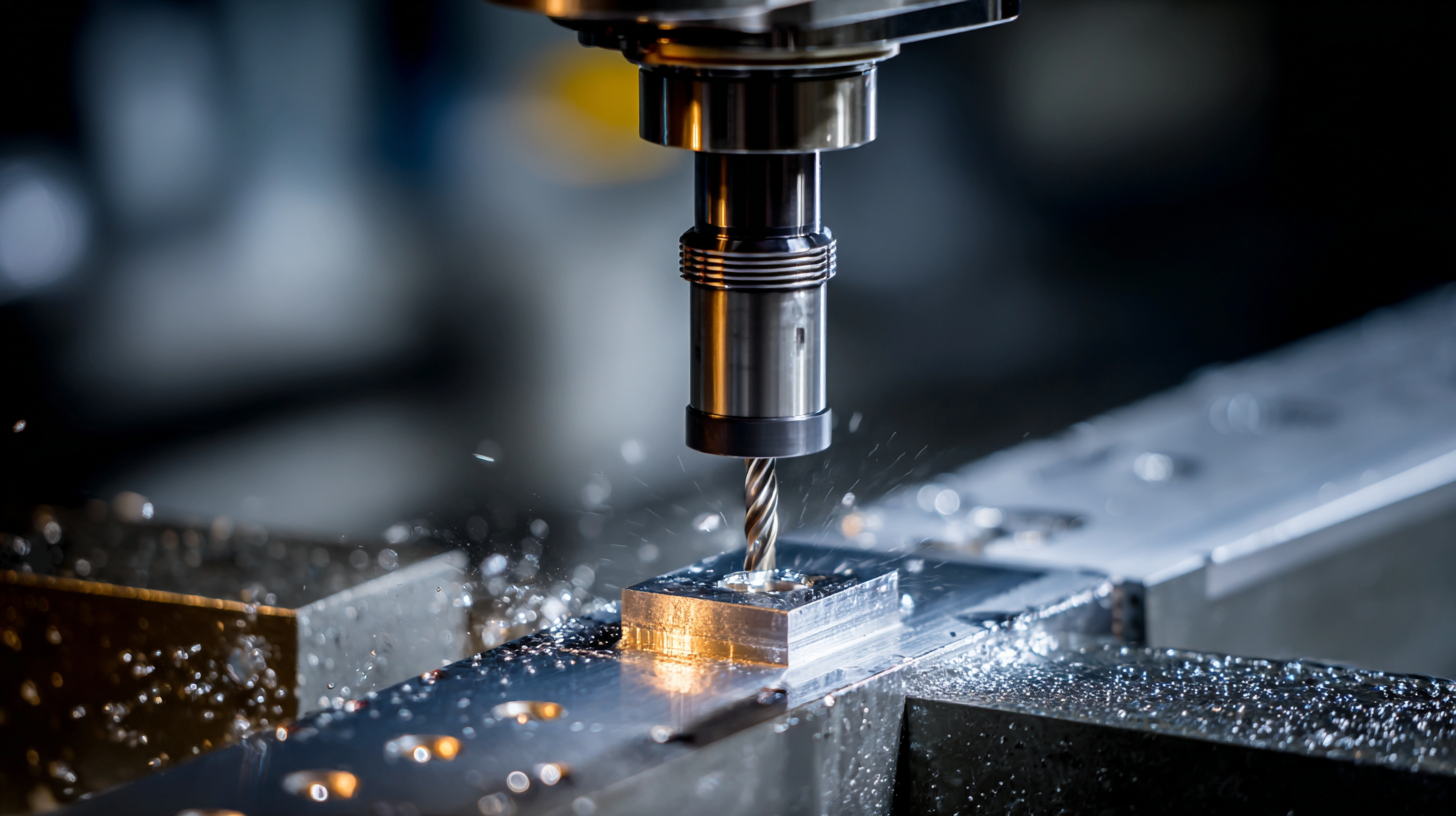
Applications of CNC Technology in Diverse Manufacturing Sectors
The integration of CNC technology in various manufacturing sectors has transformed traditional production processes, significantly enhancing efficiency and precision. Industries ranging from automotive to aerospace are experiencing the benefits of advanced CNC machining, which allows for rapid prototyping and high-quality component production. As companies adopt these technologies, they are finding innovative ways to meet consumer demands while maintaining strict quality standards.

Tips for Manufacturers: Embrace digital twins to optimize production lines. This technology simulates manufacturing processes, offering insights that can lead to reduced cycle times and improved product quality. Additionally, investing in employee training on the latest CNC technologies is crucial. Skilled operators can fully leverage advanced machinery, ensuring that operations run smoothly and effectively.
The CNC machine market is witnessing substantial growth, driven by the increasing need for precision engineering. As more sectors recognize the advantages of automation and digital manufacturing, CNC technology is set to revolutionize how we approach design and production. By leveraging these advancements, businesses can achieve greater scalability and responsiveness to market trends, positioning themselves at the forefront of modern manufacturing.
Challenges and Solutions in Implementing Advanced CNC Techniques
The integration of advanced CNC techniques in sheet metal manufacturing presents both significant challenges and innovative solutions. One of the primary hurdles is the high initial investment required for modern CNC machinery and technology. Many manufacturers are hesitant to adopt these systems due to concerns over return on investment and the fear of insufficient skills in their workforce to operate sophisticated machines. However, investing in training programs and upskilling current employees can facilitate the transition, allowing companies to maximize the capabilities of advanced CNC systems.
Another challenge is the complexity involved in programming and maintaining these technologies. As CNC machines become more intricate, the need for specialized programming skills grows. To address this issue, companies can implement user-friendly CNC software that simplifies the programming process, enabling operators with varying levels of expertise to efficiently manage and produce high-precision components. Additionally, establishing a strong partnership with technology providers can ensure ongoing support and updates, helping manufacturers stay competitive in an ever-evolving market. Through these solutions, businesses can effectively overcome the obstacles associated with adopting advanced CNC techniques, paving the way for enhanced precision in sheet metal manufacturing.
Future Trends: Automation and Smart Manufacturing in CNC Cutting
The future of CNC cutting technologies is poised for transformation, particularly through advancements in automation and smart manufacturing. As industries pursue enhanced productivity and operational efficiency, the integration of intelligent measurement and control equipment is vital. Reports indicate that the CNC machine market is expected to significantly grow, driven by the rising demand for high-precision tasks and eco-friendly solutions. With the automatic laser pipe cutting machine market projected to reach approximately $1.83 billion by 2032, it underscores the trend towards automated cutting solutions.
Moreover, the sheet metal fabrication service market is set to see substantial expansion, with a projected value of $2.01 billion by 2025 and a compound annual growth rate (CAGR) of 5.57% expected up to 2033. This growth reflects the industry's shift towards embracing smart technologies that not only streamline manufacturing processes but also enhance product quality and precision. As we move forward, the emphasis on digital manufacturing technologies will be critical in defining the next era of CNC applications in modern manufacturing.
Unlocking Precision: The Future of Sheet Metal CNC Technologies in Modern Manufacturing
| Technology | Description | Benefits | Future Trends |
|---|---|---|---|
| Laser Cutting | Uses a high-powered laser to cut materials with high precision. | High accuracy, minimal waste, and intricate designs. | Integration with AI and IoT for real-time monitoring. |
| Plasma Cutting | Utilizes a plasma torch to cut through electrically conductive materials. | Fast cutting speeds and suitable for thick materials. | Improvement in automation and robotic integration. |
| Waterjet Cutting | Uses a high-pressure jet of water, or a mixture of water and abrasive, to cut materials. | No heat-affected zone, suitable for various materials. | Sustainable practices and increased material efficiency. |
| CNC Punching | Uses a CNC-controlled punch to create holes in metal sheets. | High-speed processing and flexibility in design. | Smart factories with interconnected machines for predictive maintenance. |
| CNC Bending | Shapes metal sheets into desired angles and forms using a press brake. | Precision and repeatability in complex shapes. | Increased use of automation for faster setup and changeovers. |
Related Posts
-
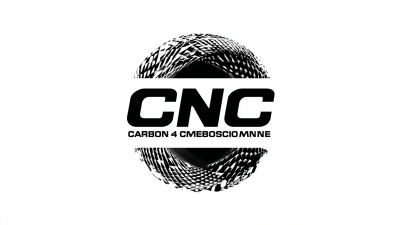
Unveiling the Key Technical Specifications of Best Carbon Fiber CNC Machines
-
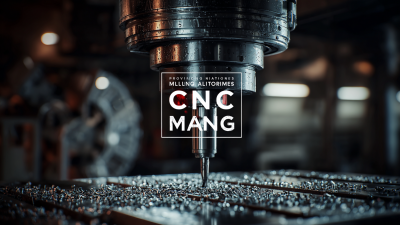
Exploring Innovative Alternatives to Best Milling Machine CNC for Global Manufacturers
-
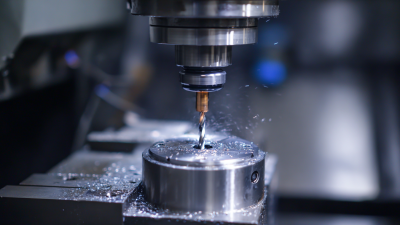
How to Achieve Fast Precision with Best Quick Turn Machining Techniques
-
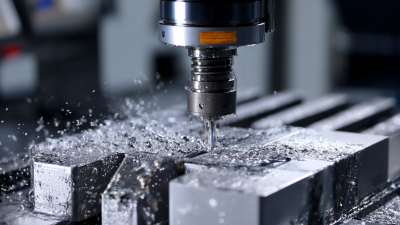
Why Prototype Machining is Essential for Reducing Time to Market by 30 Percent
-

Exploring the Benefits of One Off CNC Machining for Custom Projects and Prototypes
-
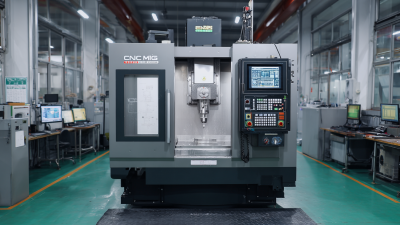
Discover China’s Leading CNC Metal Milling Machines: Global Sales Surge with Quality Assurance